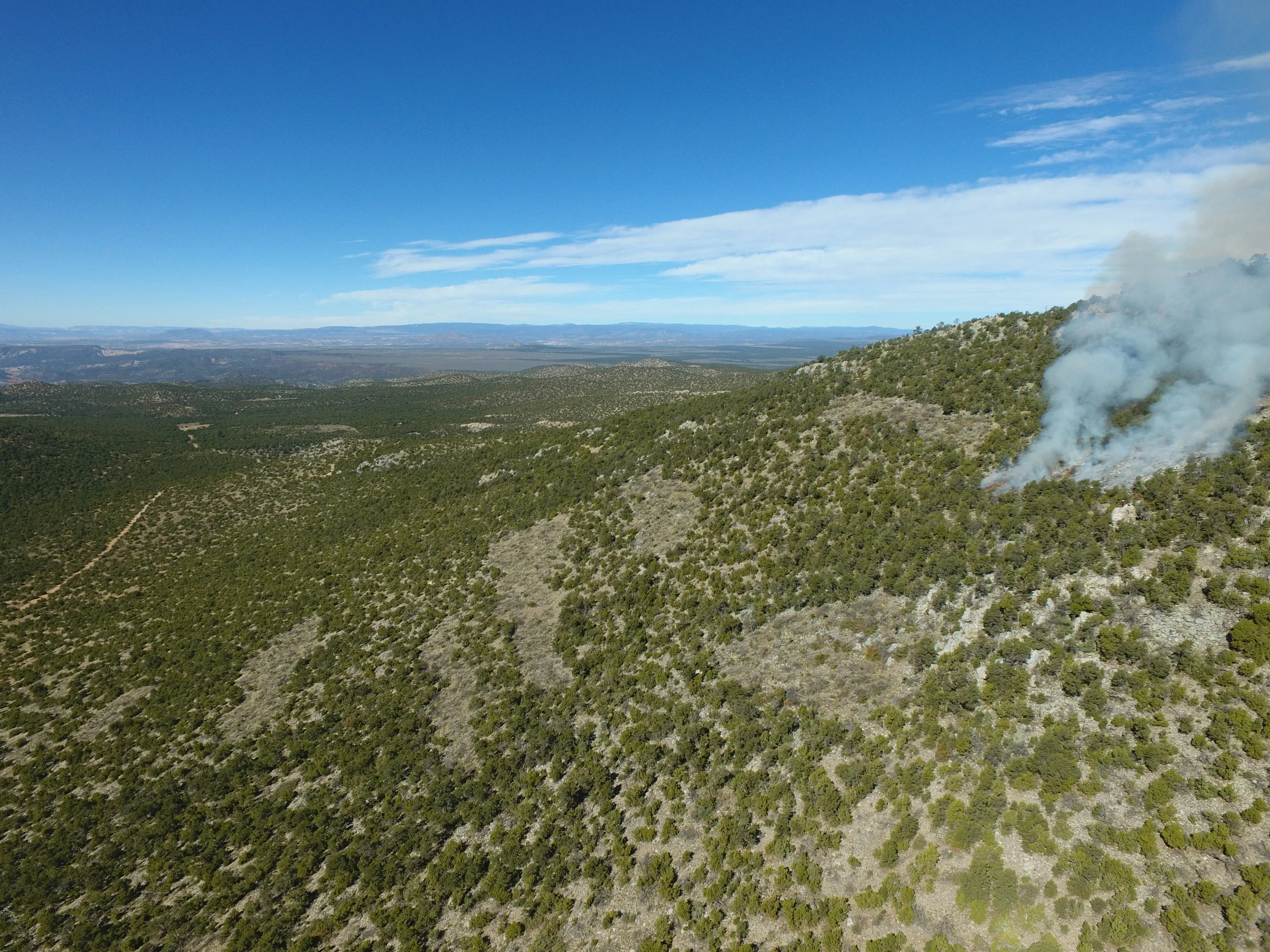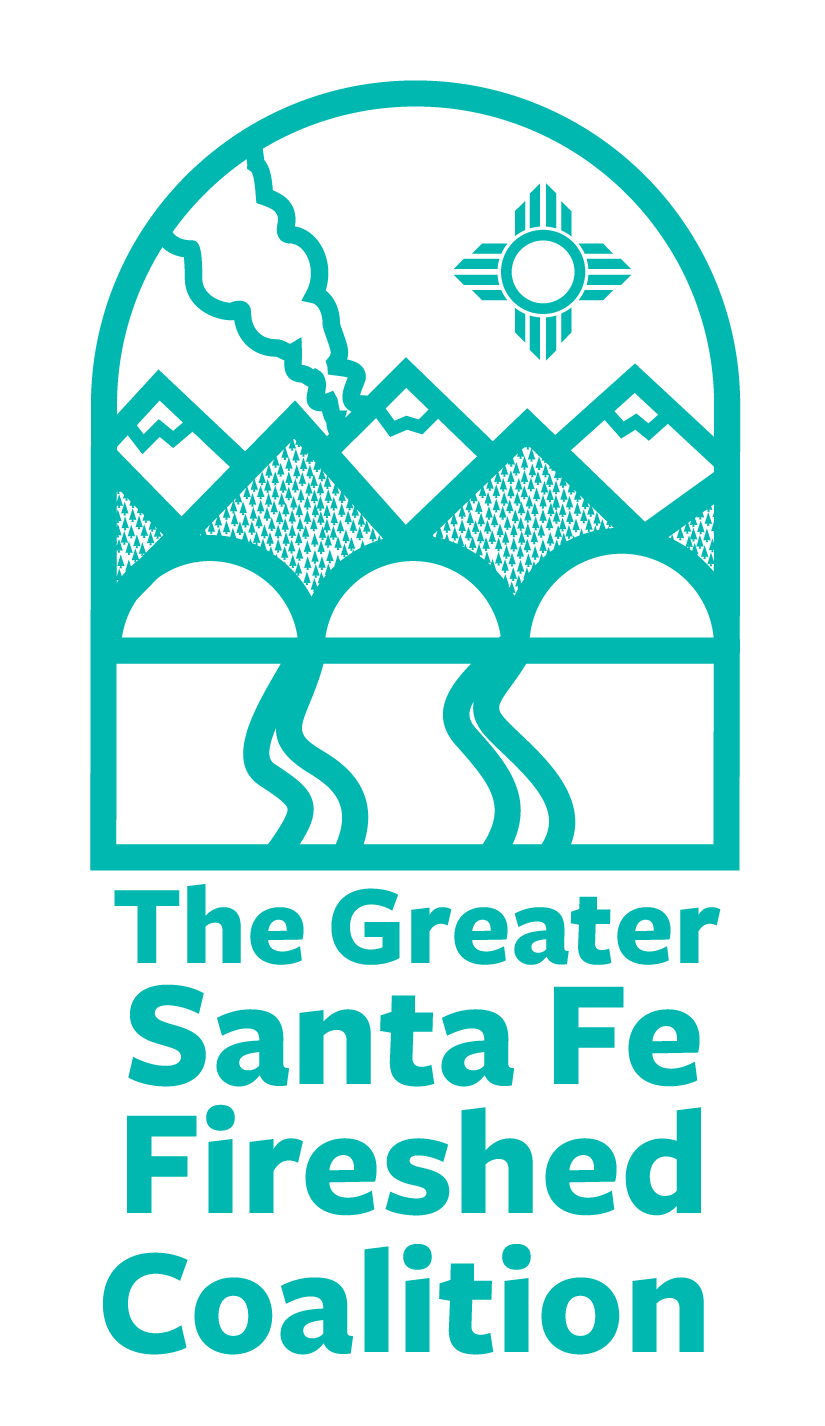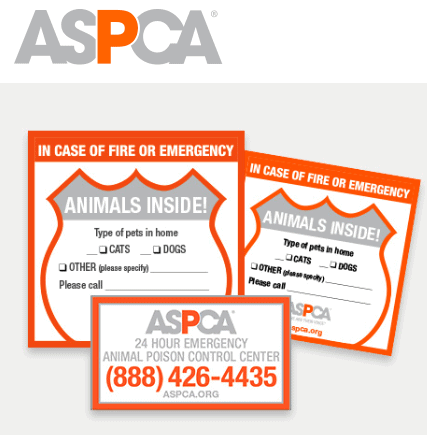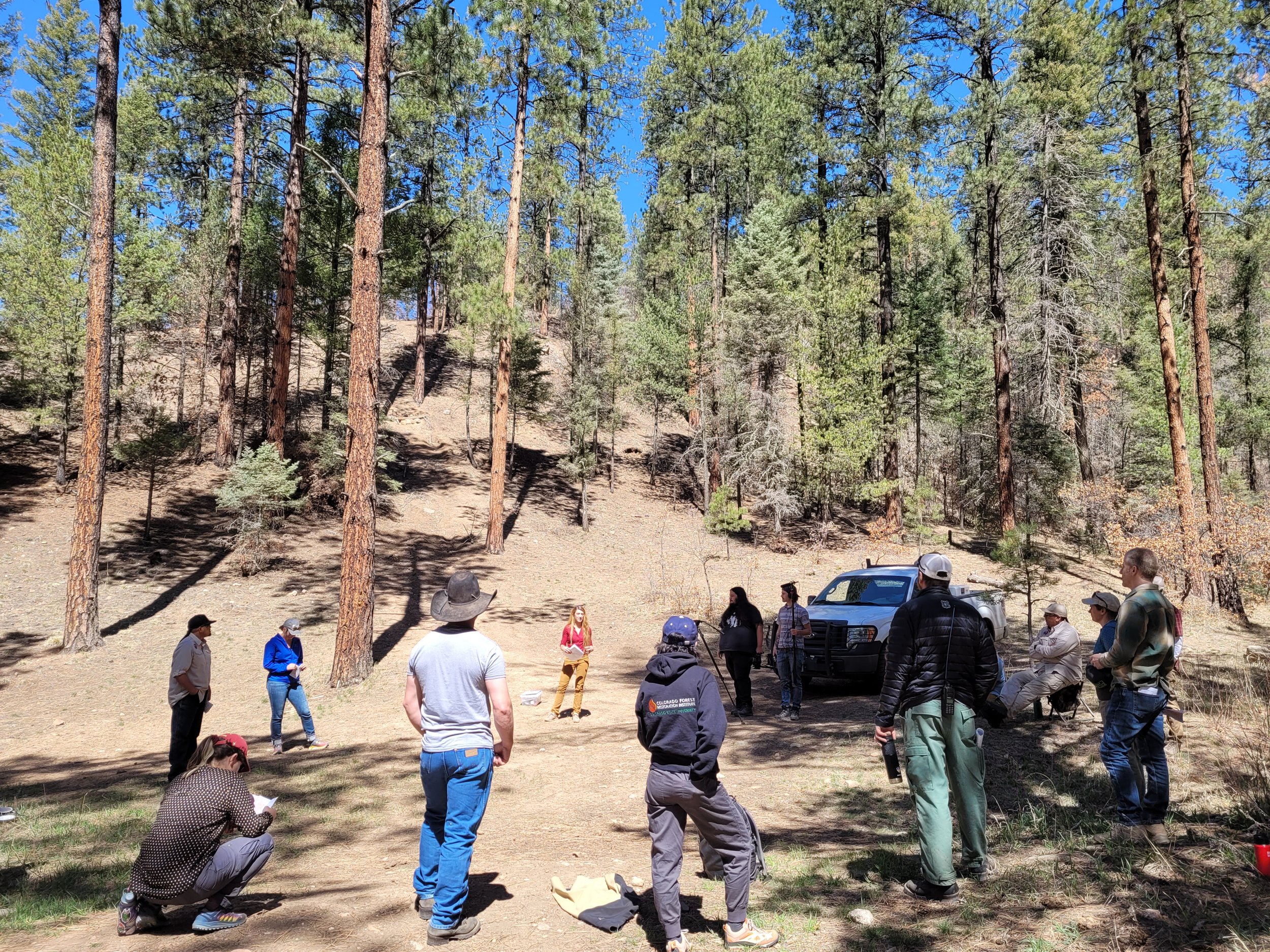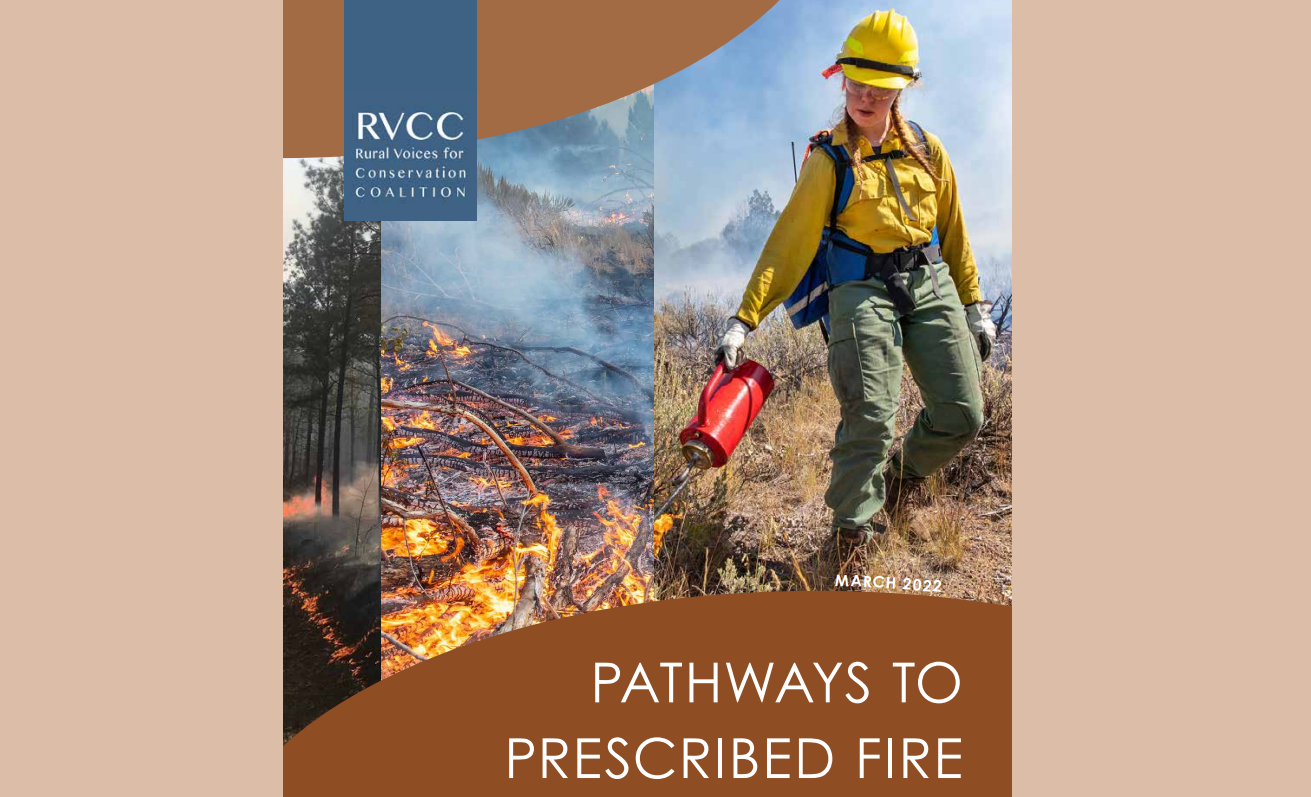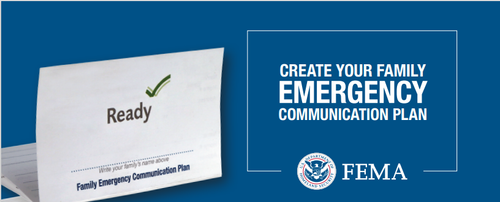Hi FACNM Community,
We are excited to share our 100th Wildfire Wednesdays newsletter with you! 🎂 Over the years, we have used this bi-weekly blog as a forum for sharing resources and best practices across the state. We hope you have found it helpful in your work and we want to thank you for continuing to forward it along to coworkers, friends, family, and neighbors
As we move into the next 100 Wildfire Wednesdays, we want to encourage our readers to please reach out and share resources or success stories with us to highlight. Networks rely on a two-way flow of information and we would love to amplify the great work that you all are doing by featuring it in the Wildfire Wednesdays blog.
For this week’s Wildfire Wednesday we want to feature some local fire and forest science that can support our understanding about the ecological role of wildfire in New Mexico’s forests.
This week’s newsletter includes:
A webpage of scientific research relevant to Northern New Mexico
A (re)-introduction to the Southwest Fire Science Consortium
An interactive webinar (12/15) focused on forest and fire science in the Santa Fe Mountains
Stay safe,
Gabe
A Sampling of Local and Southwest-Focused Scientific Articles and Forest Treatment Reports
Locally-relevant, up-to-date scientific information is essential for ecologically appropriate land management decisions. This includes decisions made on public land as well as those made on private lands — even in our backyards.
Since scientific findings can only be applied to specific context that they were designed for, there is a large amount of research related to fire and forestry. Some studies can provide us with broadly applicable findings, and others may only hold up when they applied to the specific forest that was included in the research. In much of Northern New Mexico, and especially in the Santa Fe Mountains area, we are fortunate to have a wealth of forest and fire science research that was specifically conducted in this landscape. To help provide our readers with some of the most locally-appropriate scientific studies for Northern New Mexico, the Greater Santa Fe Fireshed Coalition developed a webpage that provides a sampling of Local and Southwest-Focused Scientific Articles and Forest Treatment Reports.
Before you dig into the pile of publications listed on the webpage, start by reading these 5 topically diverse forest and fire research publications:
Climate Change in New Mexico over the Next 50 Years: Impacts on Water Resources
Optimizing Forest Management Stabilizes Carbon Under Projected Climate and Wildfires
Extreme water quality degradation following a catastrophic forest fire
Next, you will find a broader list of northern New Mexico- and Southwest-focused forest and fire research articles as well as local forest treatment success stories below. Review at your leisure for additional science and practical information.
To view the full webpage of research articles, click here.
A (Re)-introduction to the Southwest Fire Science Consortium
The consortium is a way for managers, scientists, and policy makers to interact and share science. The goal is to see the best science used to make management decisions and scientists working on the questions managers need answered. The Southwest is one of the most fire-dominated regions of the US, and the Consortium is the only regional organization focused on fire research and information dissemination across agency, administrative, and state boundaries. The Consortium tries to bring together localized efforts to develop scientific information and to disseminate that to practitioners on the ground through an inclusive and open process. Please join the Consortium by attending a field trip or workshop, reading and sharing the materials on their website, and/or contributing to the fire conversation by submitting a proposal for an event or product.
To visit the Southwest Fire Science Consortium’s webpage, click here.
To view a list of publications and resources, click here.
Key objectives
Disseminate current science and facilitate its use among scientists, practitioners, and managers
Facilitate communication and collaboration among stakeholders
Identify and develop knowledge relevant to practitioners, managers, and policy makers
Develop methods to assess the quality and applicability of research
Demonstrate research on the ground
Build place-based adaptive management partnerships that promote adoption of fire science findings by fire, fuel, and land managers
Develop mechanisms to assess new research, synthesis, or validation needs
Interactive Webinar: The Ecological Role of Fire in the Santa Fe Mountains
To join the event, go to the Fireshed’s Facebook page on December 15th at 6pm! To view the event directly and RSVP, click here.
Presentations by subject matter experts with decades of forestry and fire science experience in the Santa Fe Mountains, including:
Dr. Ellis Margolis, USGS
Dr. Craig Allen, UNM
Dr. Tom Swetnam
Craig D. Allen is a research scholar in the Department of Geography and Environmental Studies at the University of New Mexico. He lives in Nambé. Ellis Margolis is a USGS research ecologist working with the Fort Collins research center with in-depth research experience in the Santa Fe Mountains. He lives in Santa Fe. Thomas W. Swetnam is Regents Professor Emeritus, Laboratory of Tree-Ring Research, University of Arizona. He lives in Jemez Springs.
